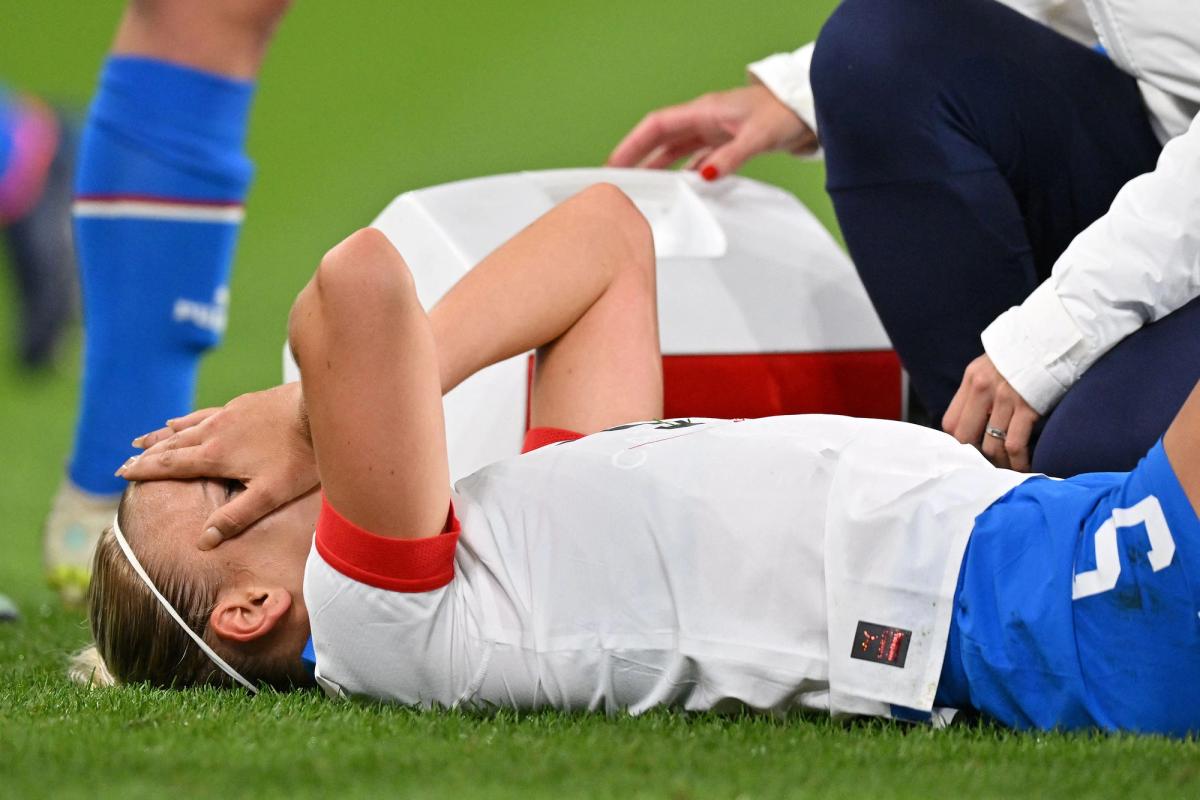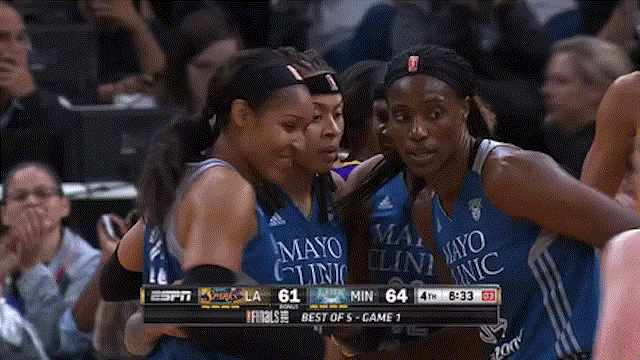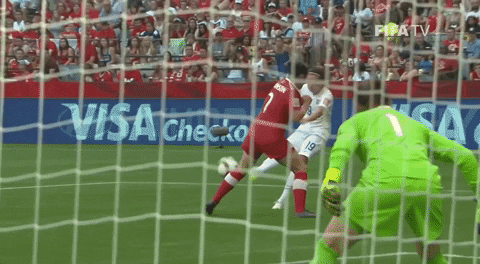The women's sports medical research gap

🩺 The medical gender gap
The massive lack of knowledge around women’s injuries (and diseases and bodies in general) is rooted in the wider history of medicine, which was (surprise!) a product of the white male patriarchy. From the start, women were considered aberrant, inferior versions of men, and therefore unworthy of study.
- Frustratingly, women’s pain was — and often still is — attributed to psychological rather than physiological causes. (See the origins of the word “hysterical.”)
Because of these beliefs, coupled with the fact that over 70% of scientific researchers are men, studies have simply applied findings from male humans, animals, and cells to all bodies.
- According to National Institutes of Health (NIH) associate director Dr. Janine Austin Clayton, “We literally know less about every aspect of female biology compared to male biology.”
More recently, reasons given for the lack of female research participants include everything from paternalistic concerns about harming women’s fertility to the difficulties and higher costs associated with designing studies to account for female hormones.
As a result of these biases, research has excluded women to laughable levels. One study of obesity’s effect on breast and uterine cancers failed to include any female subjects.
- And studies on the effect of aspirin, estrogen, or diet and exercise on heart disease — the leading cause of death for U.S. women — enrolled between 8K and 22K men…and zero women.
When female bodies are left out of medical research, women pay the price with their health — on and off the playing field.
👩🏻🔬 The science in sports
Sports history and science also reflect sexist beliefs about women’s bodies. From excluding women from running marathons out of “concerns” for their reproductive health to women playing best-of-three sets compared to men’s best-of-five in Grand Slam tennis tournaments, female athletes have been underestimated and understudied.
- Women are underrepresented in exercise science fields, both as researchers and research subjects, leading to massive gaps in understanding how biology impacts health, training, and performance.
And these hips numbers don’t lie: Despite comprising half the general and sporting population, a 2014 study found that less than 40% of exercise medicine subjects are female, and, when looking at sports-performance research, women account for a measly 3% to 6% of study participants. Decidedly not it.
- What’s more, much of the limited research often ignores or inadequately addresses the role of hormones, menstrual cycles, or birth control pills.
So what do we know? Starting with head injuries, women and girls have a nearly 50% higher concussion rate than men and boys in comparable sports, but there are still no female-specific protocols for head trauma.
- Plus, gals have different symptoms, longer recovery times, are more likely to have recurrent concussions and, most troublingly, are less likely to be immediately removed from play following a suspected head trauma.
⚽ Problems on the pitch
As mentioned, far too many athletes have had to bow out of the upcoming WWC due to injuries, chief among them, ACL tears.
- Top footballers including the USWNT’s Christen Press and Catarina Macario, England’s Leah Williamson and the aforementioned Beth Mead, CanWNT’s Janine Beckie, and the Netherlands’ Vivianne Miedema all fall under the category of ACL–related absences.
- Sadly, these superstars being out isn’t a statistical anomaly — women’s soccer players are four to six times more likely to suffer an ACL injury compared to men.
Why is this the case? Well, there are a few hypotheses. The first is biomechanical differences: Women tend to have smaller ACLs and looser knee ligaments (which become even looser during the menstrual cycle due to elevated estrogen), among other body composition differences, and these variances could be to blame.
- Another is the rapid growth of soccer. Schedules are longer and more condensed and some matches are still being played on turf (where tears are more common). The increased popularity of the sport has outpaced the research on athlete’s knees.
😞 An unfortunate trend
It’s not just soccer — a lack of research means the injury epidemic is alive and well in countless other sports, too. Here are just a few examples:
🚴 Cycling: Equipment is, to no surprise, often not made with the female body in mind. That sad reality impacts many competitive women cyclists, who often report genital numbness, tingling, or pain, colloquially known as saddle soreness.
- The impact can be so harsh, that some have opted for a labiaplasty to combat it. Fortunately, seat designs are also being reconsidered, with new equipment specifically designed for women.
👟 Running: Stop us if you’ve heard this one before, but female runners are more prone to injury due to anatomical differences. Stress fractures are one of the most common running injuries, and women are at least twice as likely to develop them as men.
- Unsurprisingly, periods also impact training. In 2002, Ironwoman Stacy Sims suffered a hyponatremic reaction during the World Championships. She later learned that other racers were borderline hyponatremic at the start of their cycles, leading to low sodium levels.
- That experience inspired Sims to become one of the foremost researchers on the impact of sex and gender in sports science. Who run the world?
🏀 Basketball: Speaking of equipment, there’s even more reason to be hyped about recent women’s basketball shoe drops than the sick colorways — female-specific kicks can help combat the increased likeliness of ACL injuries for women hoopers and optimize player performance. Look good, feel good, play good.
💡 Zooming out
It’s abundantly clear that increased research is necessary in women’s sports in order to protect athletes at all levels. That’s not to say effective interventions haven’t already been identified, with prevention programs coming in clutch to reduce injuries.
- In one study, a specific series of exercises was found to reduce ACL injury risk in female athletes by 50% overall and 67% in non-contact ACL injuries. More of this, please.
And thankfully, female doctors are helping further the research into female athletes’ bodies, including Dr. Kathryn Ackerman, the director of Boston Children’s Hospital’s Female Athlete Program, and Dr. Emily Kraus, Stanford’s Female Athlete Science and Translational Research (FASTR) Program director.
While sports science is finally turning its head toward women, it’s also important to avoid oversimplifying binary gender data and wrongly extrapolating findings to the bodies, needs, and preferences of trans or intersex athletes.
- All athletes and all bodies deserve robust, ethical scientific exploration to increase their performance and ensure their health.

